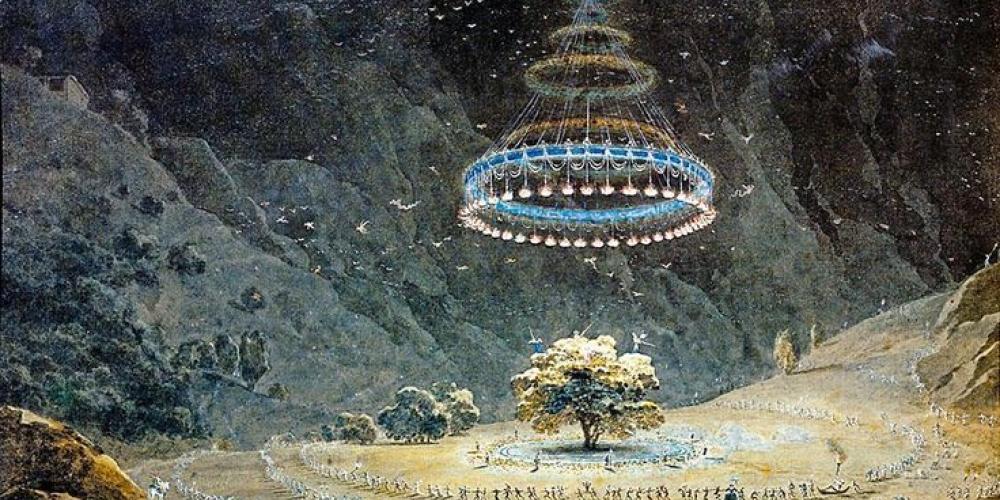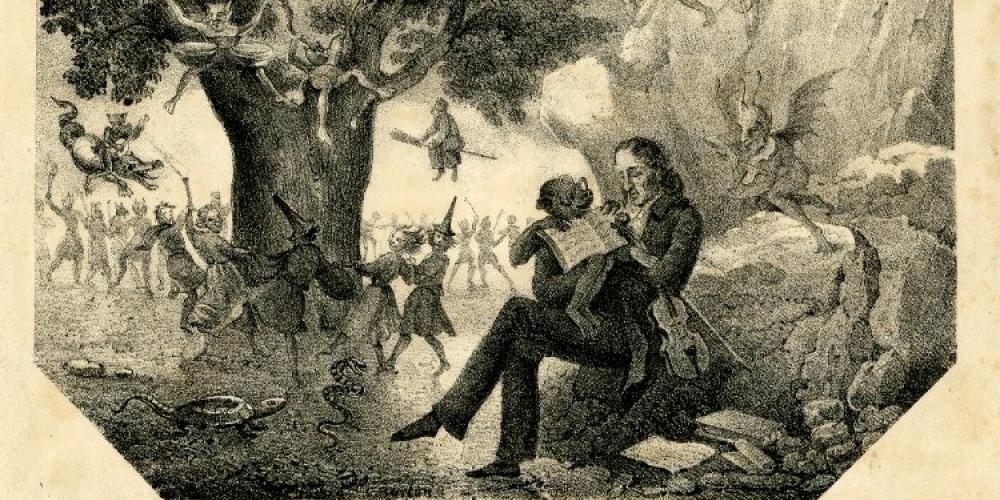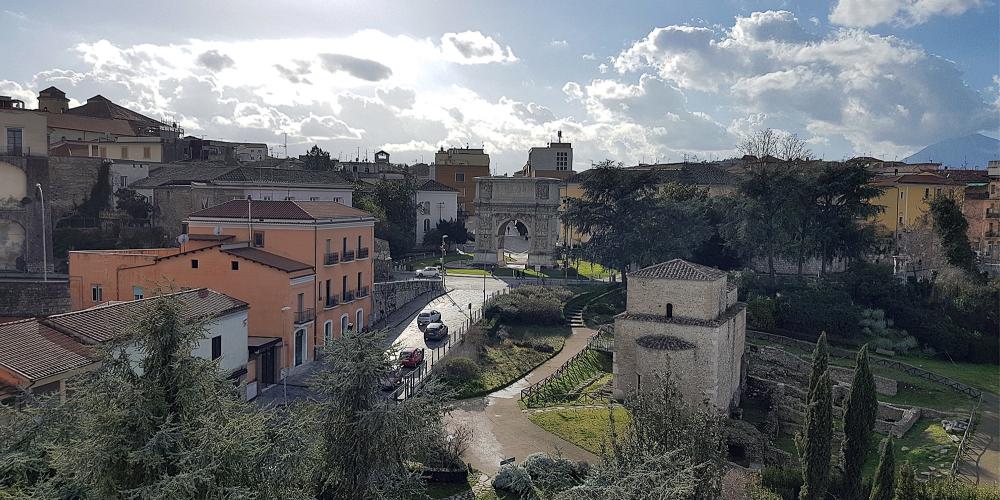The Benevento Witches

Legends of unusual events in the medieval town of Benevento date right back to its origins as a Samnite city, in the 4th-6th century BC. Originally called Maleventum, the Romans changed the name to Beneventum when they took power in the third century BC. They believed that “Male”ventum was an ill omen, or suggested that bad things happen in the town, and so they modified it to include “bene” or “good”.
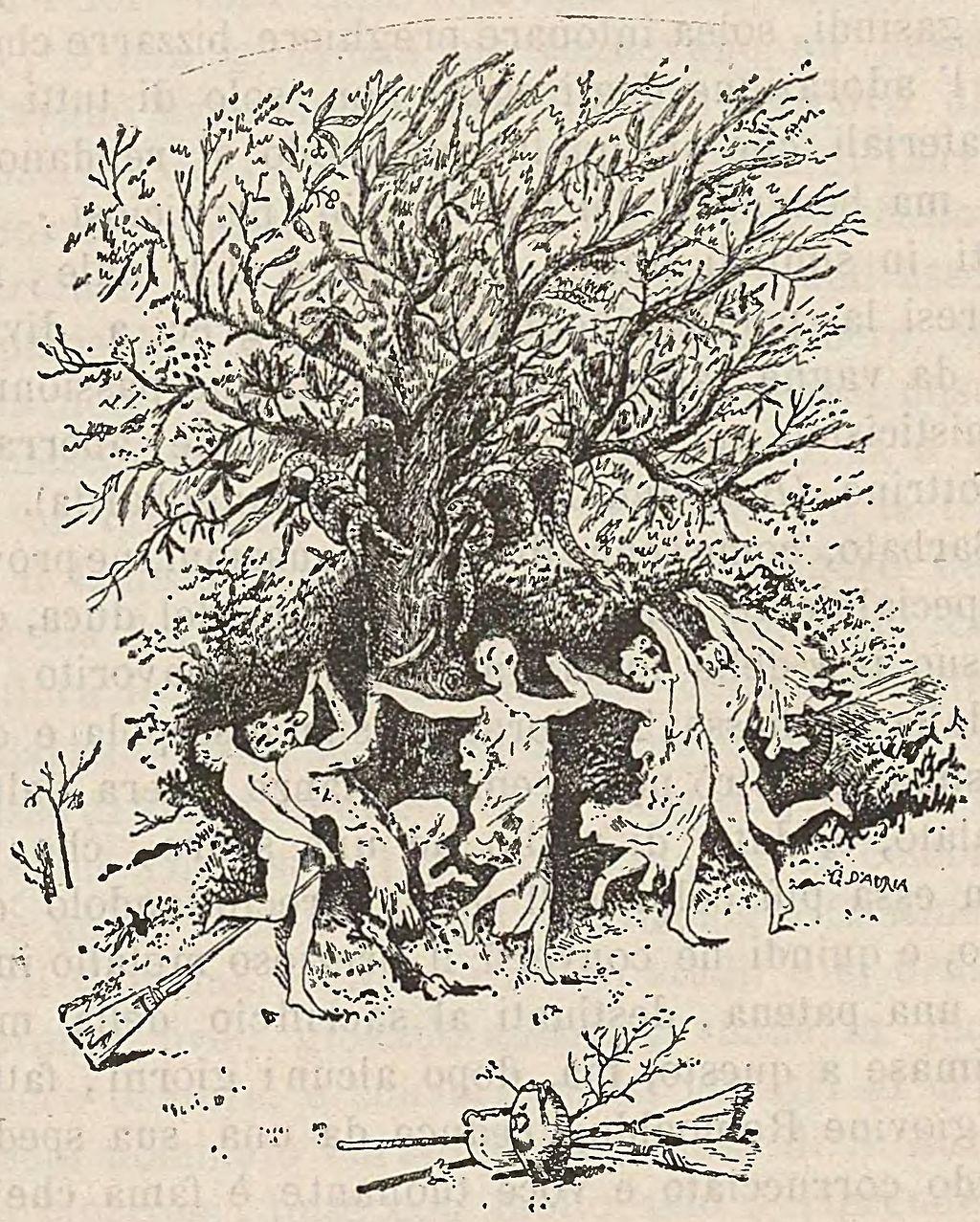
For some time under Roman rule, the Egyptian goddess Isis (Iside) was worshipped in Benevento and Emperor Domitian built a temple for her here in 88-89 AD. At the beginning of the 20th century, archaeological excavations uncovered many fascinating artifacts from this temple, such as statues of priestesses and baboons. Today in the city centre there is an obelisk dedicated to Isis with hieroglyphic inscriptions that describe her as the "lady of the stars, of the heaven, of the earth and of the underground."
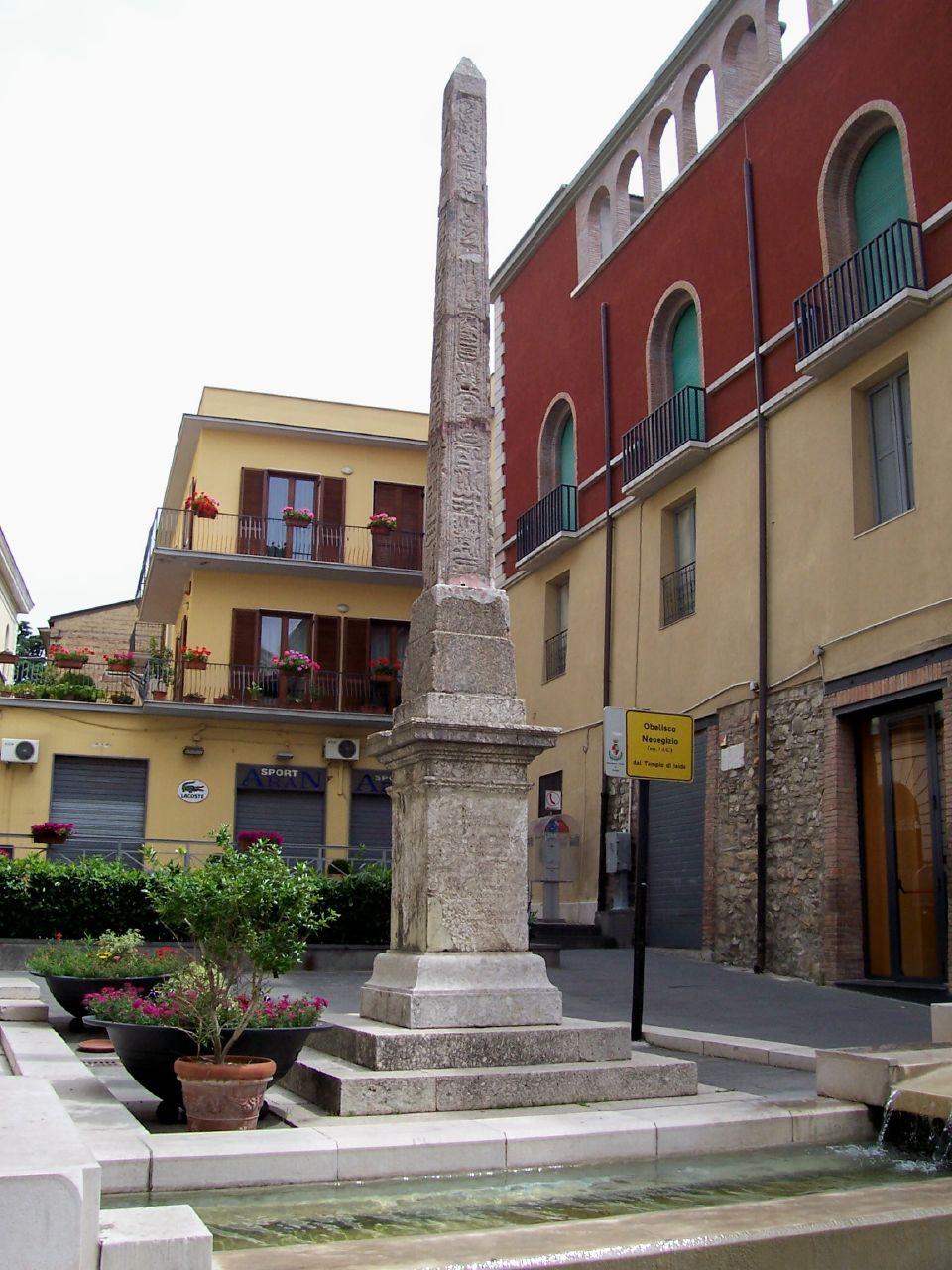
The legend of Benevento's witches is rooted in the Langobard domination. According to the legend, the Langobard soldiers used to hang goat (or snake) skins from the walnut tree and, after impaling them with spears, ate them in hopes of acquiring the power of the animal. These rituals lasted several days and Langobards used to light bonfires at night and revel with wine, women and dancing. Bishop Barbatus allegedly uprooted this tree in the seventh century as he sought to repress non-Christian cults.
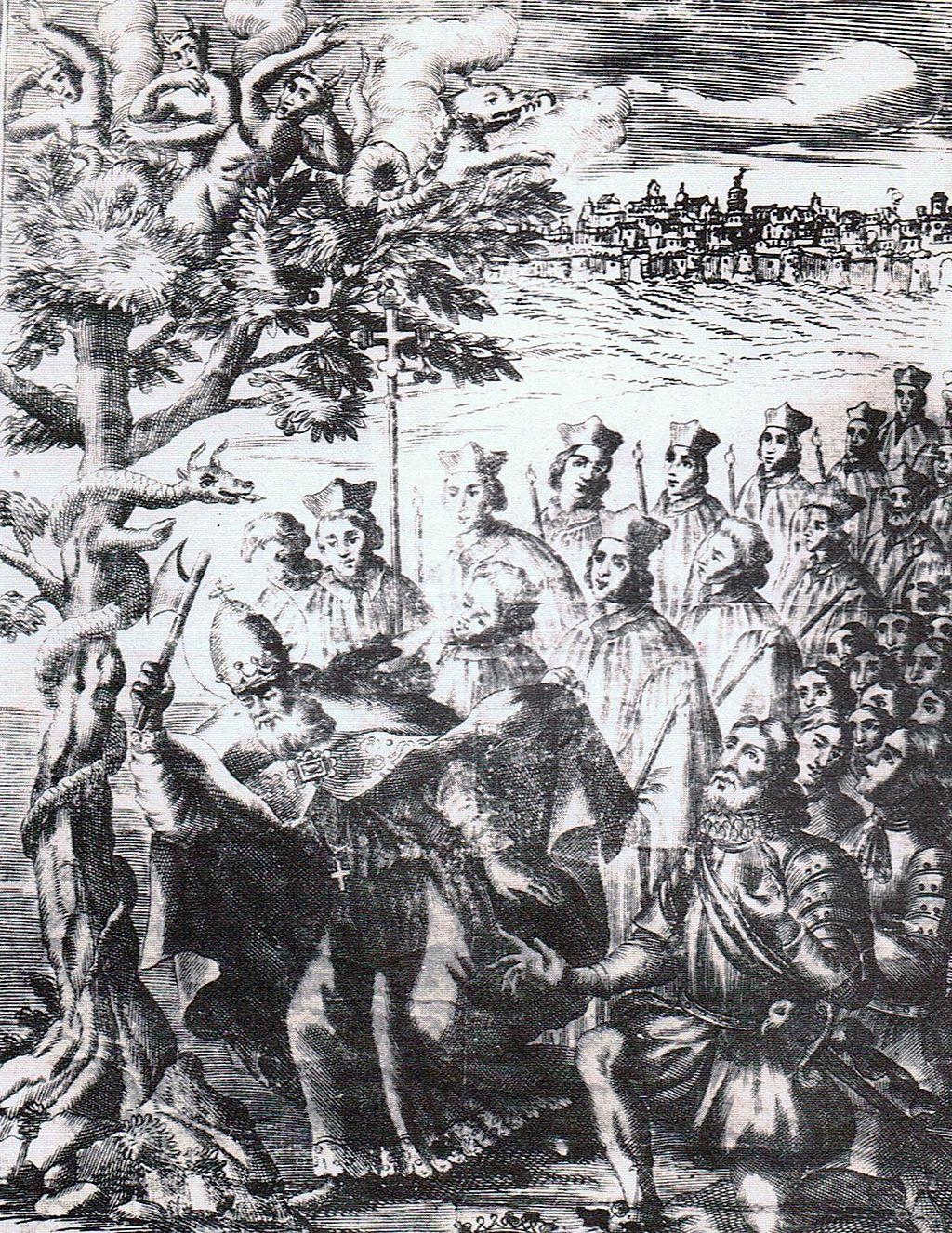
Legends subsequently developed around the tree-worshipping traditions in Benevento, associating them with the Devil. A “Walnut tree” was talked about in poems and books. These told stories of witches and wizards flying to Benevento, gathering and dancing under the tree for their Sabbats, casting evil spells and then flying off again. A link was formed between the Italian word for walnut “noce” and the Latin for harm “nocere”.
Read more about the Witches and Walnut of Benevento
